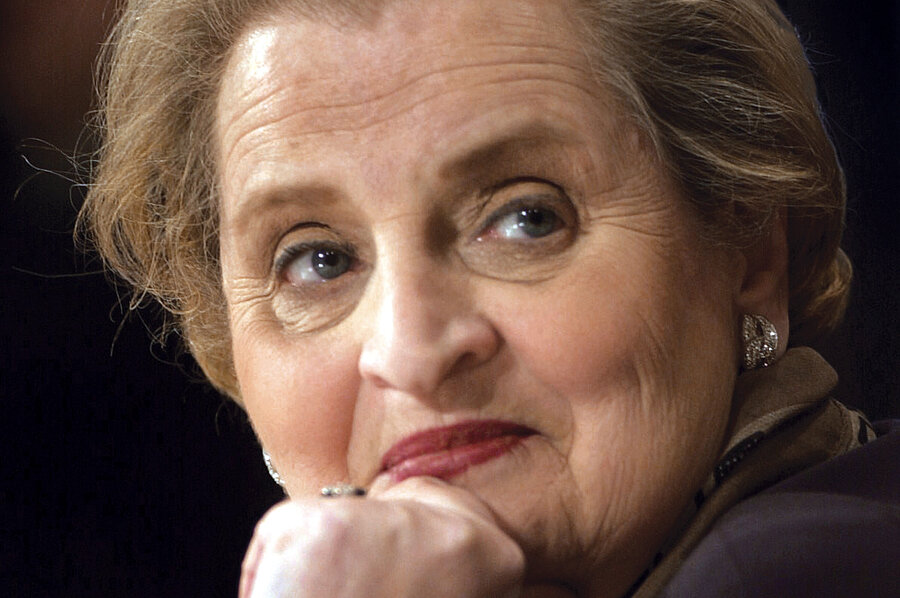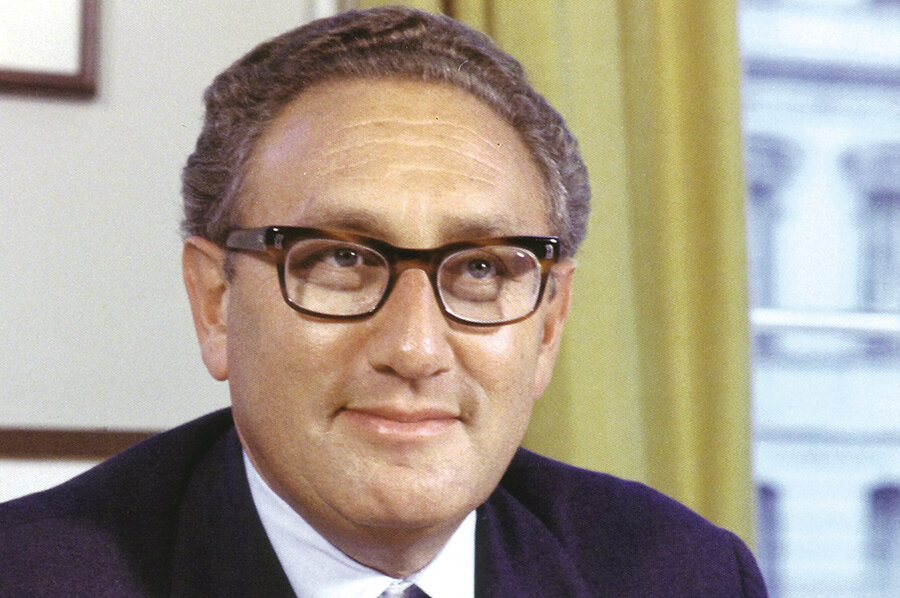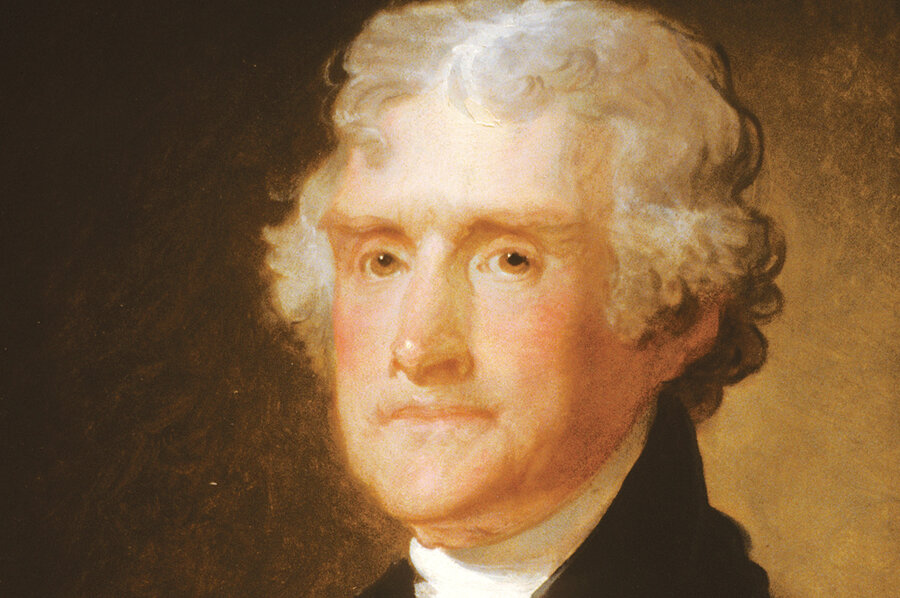Notable architects of US foreign policy
Loading...
| Washington
Thomas Jefferson, the first secretary of State, reigned over a whopping staff of five – a chief clerk, three subordinate clerks, and a messenger boy.
He was the first, but certainly not the last, secretary of State to have his access to the president short-circuited by another cabinet member: in his case, Treasury Secretary Alexander Hamilton.
Jefferson failed to resolve one of the big diplomatic challenges of his tenure: unbridled American navigation of the Mississippi River. Later as president he would solve his old bête noire, access to the Mississippi, by buying the river as part of the Louisiana Purchase.
John Quincy Adams served as secretary of State under President James Monroe and wrote what became known as the Monroe Doctrine, putting European powers on notice to butt out of the Americas.
Daniel Webster, a prominent senator who served twice as secretary of State in America's antebellum years, was also a thrice-unsuccessful candidate for president.
William Seward was best known for "Seward's Folly," the purchase of Alaska from Russia.
Charles Evans Hughes had the good fortune to serve as secretary of State to President William Harding, who had little interest in foreign policy, giving Hughes free rein. Hughes was influential in post-World War I disarmament talks and revitalized relations with Latin America.
George Marshall lent his name to the Marshall Plan, which generously provided for Western Europe's reconstruction as democratic, free-market economies after World War II. The plan, for which Marshall won the Nobel Peace Prize, still serves as a touchstone of successful US diplomatic intervention.
Dean Acheson is considered the consummate modern American statesman and architect of an American world order in the cold-war era. He encouraged President Truman to take the side of South Korea against a bellicose North, and defended State Department officers from the accusations of treason launched by Sen. Joseph McCarthy.
Henry Kissinger fashioned President Nixon's groundbreaking trip to China in 1972. Serving concurrently under Nixon and then President Ford as secretary of State and national security adviser, Kissinger is a high priest to foreign-policy realists but remains controversial for policies in Southeast Asia and Latin America, particularly the US role in the 1970 coup against Chilean President Salvador Allende.
George Shultz, secretary of State under President Reagan, revitalized the career diplomatic service and guided Reagan in undertaking a tough but pragmatic dialogue with Soviet leaders, in particular Mikhail Gorbachev.
James Baker constructed the 34-nation coalition that upheld the principle of national sovereignty by removing Saddam Hussein's Iraqi forces from Kuwait in the 1991 Gulf War. Mr. Baker also orchestrated the Madrid (Middle East) Peace Conference, reinforcing his reputation as the secretary of State with a finger in everything.
Madeleine Albright was named, after more than 200 years of American independence and 63 male predecessors, the first woman secretary of State. Ms. Albright pressed President Clinton to take NATO to the Balkans if Europe would not, and she called America "the indispensable nation."
Colin Powell, the first secretary of State of color, gave President George W. Bush instant international heft. But his marginalization from White House decisionmaking left him out of the Bush foreign-policy loop.
Powell's international reputation was used famously by the administration when he was called on to deliver to the United Nations a justification for the looming Iraq war featuring what turned out to be cooked-up evidence.








